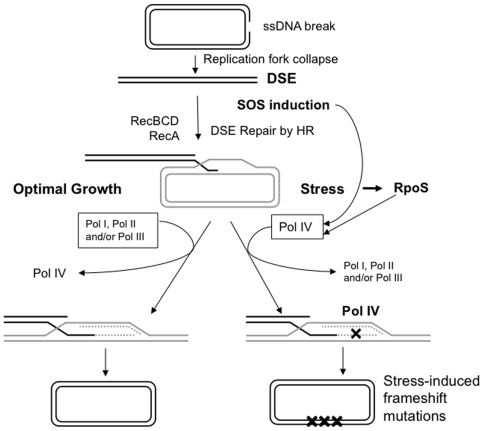Figure 3. Model for the mechanism of stress-induced frameshift reversion.
(Modified from [26], [31].) Double-strand ends (DSEs), formed by replication-fork collapse upon encountering a single-strand nick, are processed by RecBCD to form single-strand DNA. RecA promotes recombination with homologous DNA to initiate repair. About 40% of stationary-phase cells have two chromosomes [70], making a sister DNA molecule a probable repair partner. The 3′-invading end in the D-loop recombination intermediate primes DNA synthesis (dashed lines), and the structure is resolved by RuvABC to yield a repaired molecule. DNA synthesis can be either high- or low-fidelity, depending on the DNA polymerase(s) used: High-fidelity synthesis results from Pols I, II or III, whereas low-fidelity synthesis [yielding localized frameshift mutations (X)] results from Pol IV. Upregulation of dinB by SOS and RpoS stress responses results in more Pol IV molecules per cell, and possibly a more competitive Pol IV, which successfully competes with Pols I, II, and III for the sites of DNA synthesis during DSB repair, allowing Pol IV-dependent frameshift mutagenesis.

